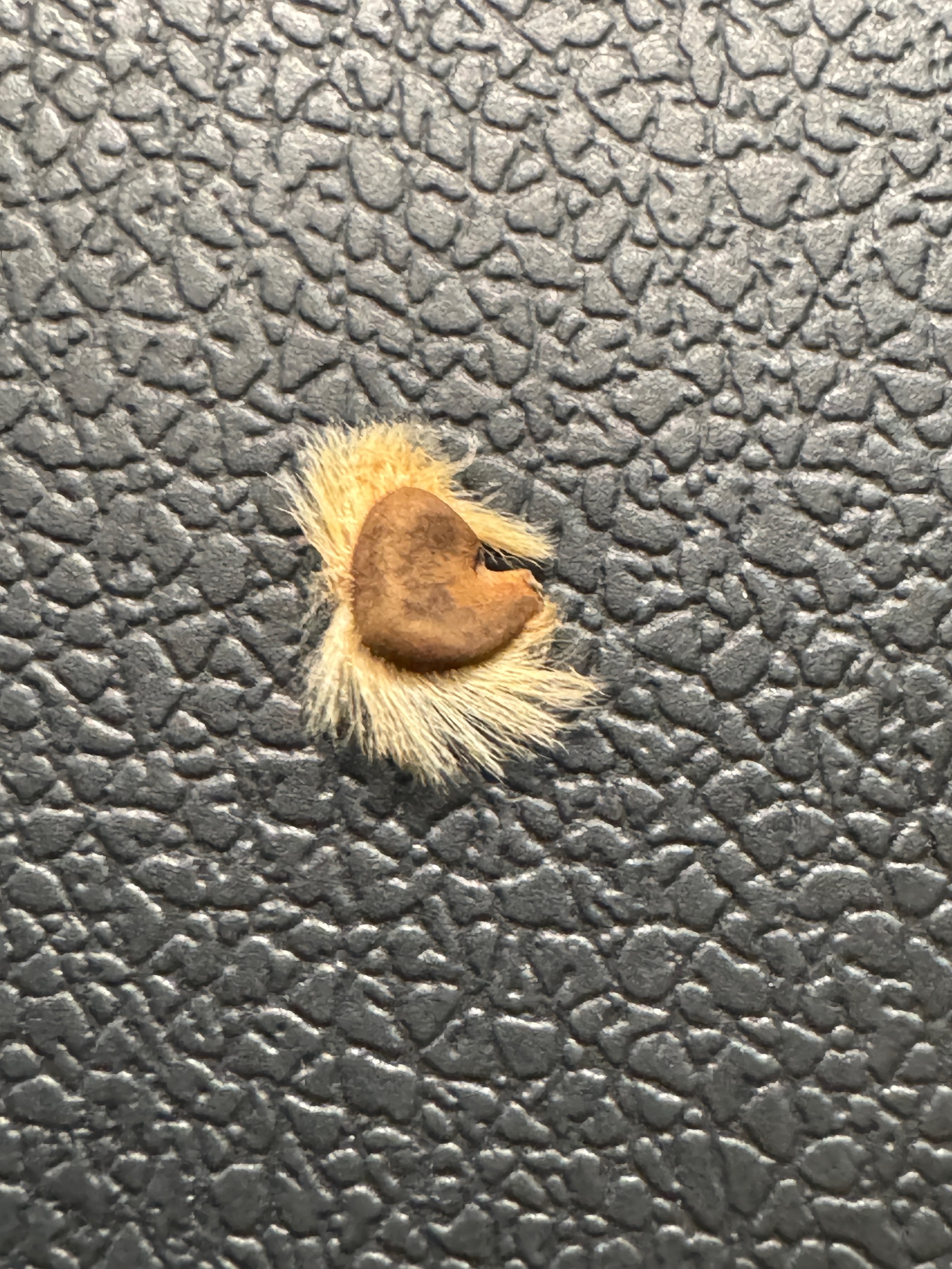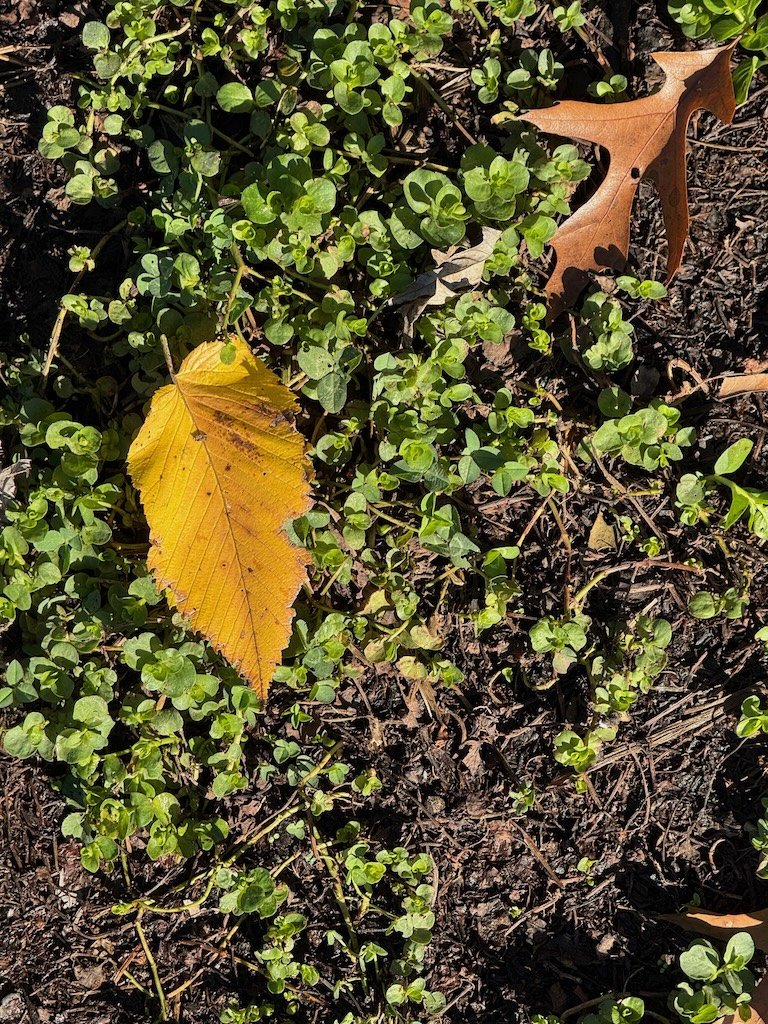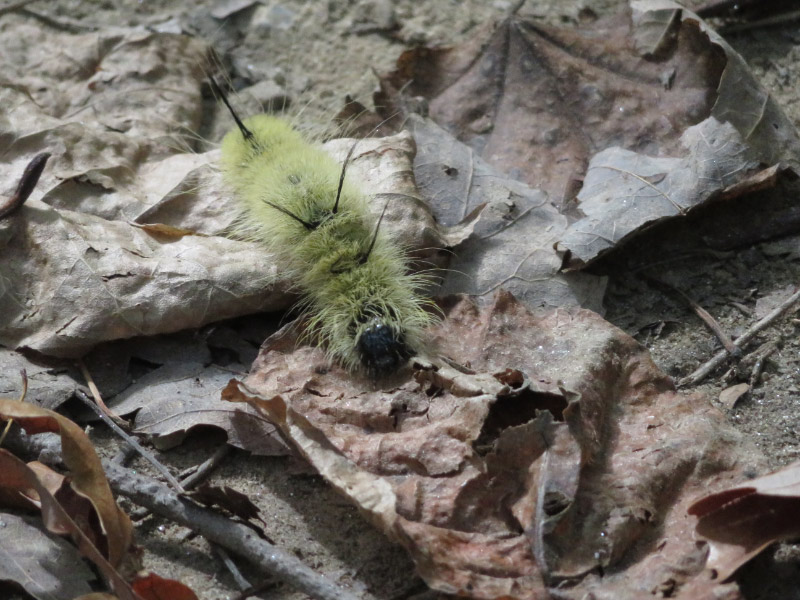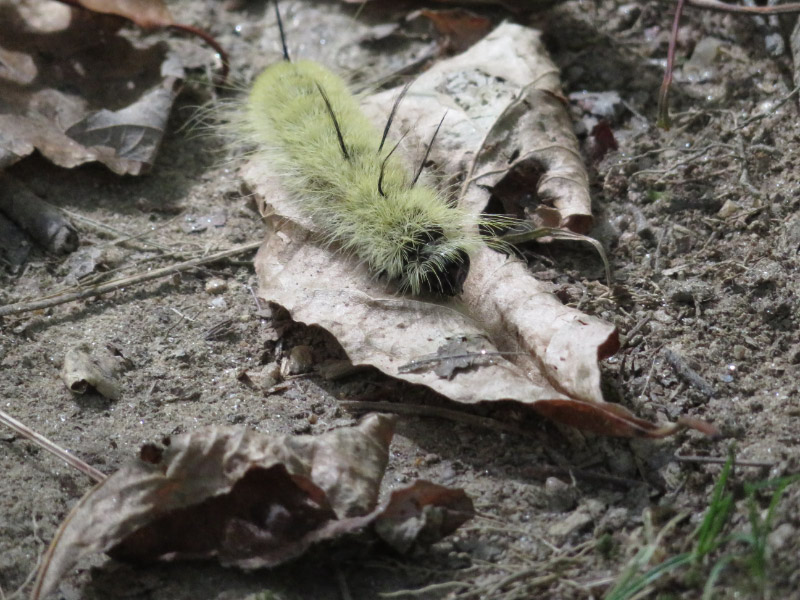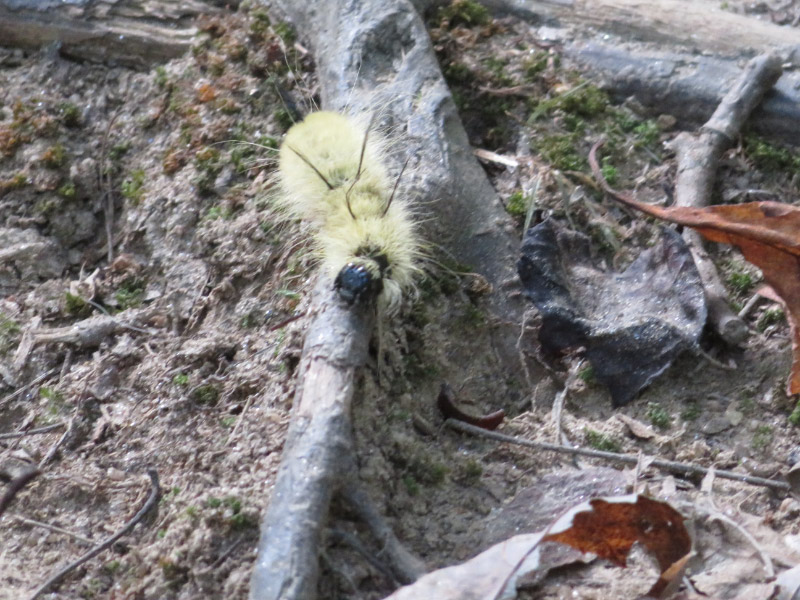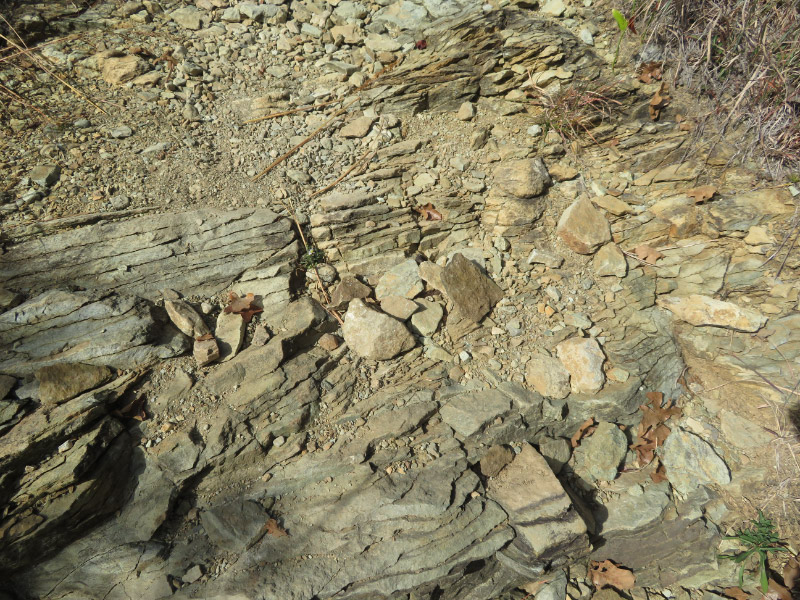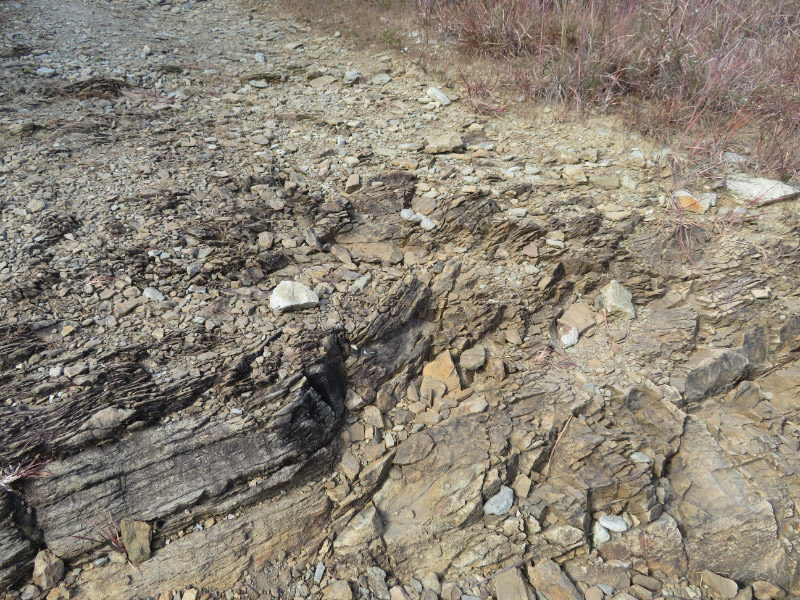McDaniel Park
/The last field trip of the Identifying Woody Plants class was to McDaniel Park – a convenient commute from the campus. It had a lot of invasive plants (Japanese honeysuckle, Winter creeper, Bush honeysuckle, White Mulberries) but some native species too --- lots of good review. Unfortunately, I had forgotten my bridge camera so only had my phone for photography.
One of the review trees was Osage orange – Maclura pomifera – Moraceae. None of the trees had fruit under them. Had it been picked up or were they all male trees?
A new species was Rose of Sharon - Hibiscus syriacus – Malvaceae. I was as fascinated by the insects on the seed pods (Hibiscus Scentless Plant bugs?)as I was the plant. This is a plant I am familiar with…not native but widely planted. The seeds are hairy!
The River birch - Betula nigra - Betulaceae is an easy one to id from the bark and catkins.
Did you know that poison ivy seeds are white? It was something I learned this semester…not sure why I had never noticed before.
Arcuately veined and opposite fall leaves of a silky dogwood – Cornus obliqua – Cornaceae.
And the variability of Sassafras leaves – Sassafras albidum – Lauraceae. For some reason, I got stuck years ago on ‘mitten’ leaves but the leaves are not always like that!
Our teacher collected seeds and twigs for the lab next week and that included Winged sumac – Rhus copallinum – Anacardiaceae. I am intrigued that it is used to make tea. We previously saw smooth sumac but there were no seeds on those plants.
I couldn’t resist taking some pictures of fall foliage and a recently cut tree trunk (the tree was around 50 years old).
The field trip was a pleasant fall afternoon – a good finale. I am realizing I that will miss the weekly classes and am solidifying my plan for the spring semester.




